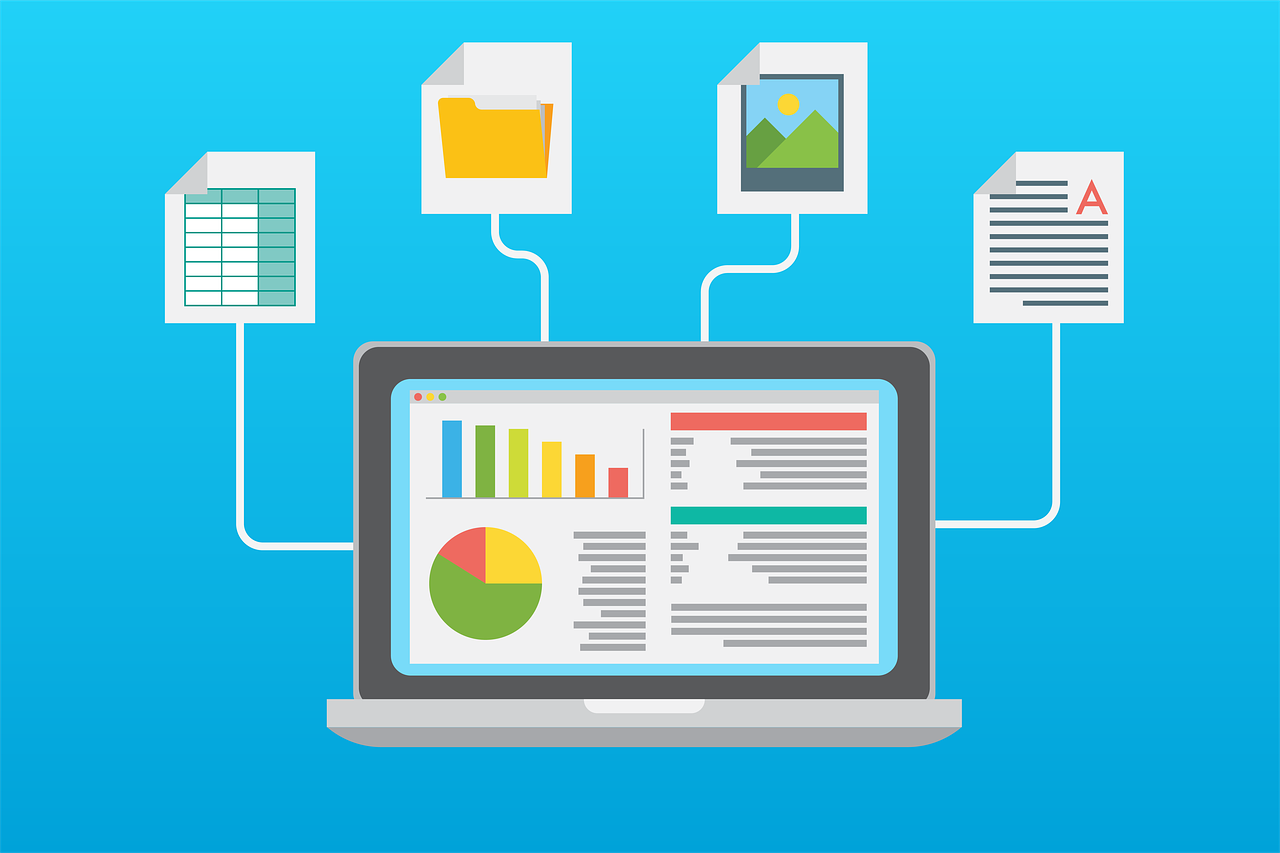
Businesses heavily rely on data to make crucial business decisions and outpace their competitors. However, driving valuable insights is only possible by harvesting online data.
Quality data can help conduct market research, monitor pricing, and perform lead generation.
This begs the question, “How to retrieve online data?” Web scraping is the answer. It’s an all-in-one solution for businesses willing to access web data automatically and efficiently.
However, scraping is subject to a few challenges. Nonetheless, you can overcome them using common HTTP headers, headless browsers, or by following the best scraping practices.
What Is Web Scraping?
Web scraping refers to extracting online data automatically. The retrieved data is then gathered and exported into a readable format like an API or spreadsheet.
Although you can perform web scraping manually, businesses prefer automation for obvious reasons. Not only is it more affordable, but it also helps extract massive data sets quickly. Here are a few use cases of web scraping.
- Price optimization
- Competitor monitoring
- Product optimization
- Investment decisions
- Lead generation

5 Common Web Scraping Challenges
Web scraping is an excellent technique for collecting valuable information for business development. However, it isn’t as simple as it sounds. You’re bound to encounter a few snags if you’re new to data scraping.
We’ll explore common scraping challenges below.
1. Bots
Websites are free to implement anti-scraping techniques, keeping the scraping bots from accessing their websites. No web owner wants bots to scrape their site to gain a competitive edge and drain the server resources in return.
2. IP Bans
Sending multiple corresponding requests can get you banned.
You may cross ethical scraping practices when sending various requests one after the other. This boosts the chance of getting flagged because the website detects your IP and keeps you from accessing the site in the future. In a few cases, the site might only partially ban you. However, it would restrict your access.
3. Honeypot Traps
Websites implement Honeypot traps to catch parsers. Generally, the traps are in the form of links that people visiting the site cannot see. However, parses can view them.
If a parser falls into the trap, the site will capture the information and ban the bot. A few sites mask the color to blend it with the page’s background; others use a CSS style.
4. Captchas
Captchas are yet another common obstacle on the road to web scraping. They exist to separate humans from bots.
Websites generally display logical tasks and ask to type characters for verification. Although humans can quickly input the required characters, robots cannot. So, standard scraping scripts typically fail here.
However, the latest advancements have measures to keep up with them.
5. Low Speed
Nothing is more annoying than slow speeds when performing web scraping. However, websites naturally slow down when loading content or might not load at all due to multiple requests.
Generally, refreshing the page and letting the site recover resolves this issue. Nonetheless, the parser might not know how to tackle the problem. Hence, the data scraping might get canceled.
Ways To Overcome the Anti-Scraping Techniques
Web scraping obstacles certainly test your patience. However, you can use a few methods to overcome the challenges.

Go For A Headless Browser
As the name suggests, headless browsers do not have a graphical interface. Instead, a command-line utility is used to interact with them. They are more efficient and versatile than actual browsers.
These browsers eliminate the need for loading the entire website. Instead, it loads the HTML and harvests the required data.
Use Common HTTP Headers
Common HTTP headers allow you to scrape the web more seamlessly. You can implement HTTP request user-agent, header accept-language, header accept-encoding, and header referrer to trick the website and avoid getting banned.
Consider Using A Proxy Server
Proxy servers offer a reliable way to perform web scraping tasks anonymously. Reliable proxies alter your IP address and use their own IPs to communicate with the web.
This keeps the website from detecting your original IP address. Hence, you successfully avoid the blocks and scrape the website seamlessly.
Implement Captcha Solving Services
Captcha can exist in various forms. However, its purpose remains the same – you’re required to perform a logical task to prove you are a human.
You can use captcha-solving services that solve the tasks and send the results. This lets you scrape the web without interruption.
Pause Between Your Requests
This isn’t a solution per se; take it as an additional tip.
Avoid overloading a website with massive requests. Pausing between your requests and letting the website breathe is always better. You can always save the URLs of scanned pages to save time.
However, do not bombard the site with requests, and keep ethical web scraping practices in mind.
Conclusion
Web scraping significantly adds to a business’s growth by letting organizations harvest helpful insights. However, you’ll encounter a few challenges during web scraping tasks despite it being legal.
This generally happens because websites do not want to reduce their speed or let competitors retrieve their useful data.
You can, however, overcome the challenges by using proxy servers, headless browsers, common HTTP headers, and more.







